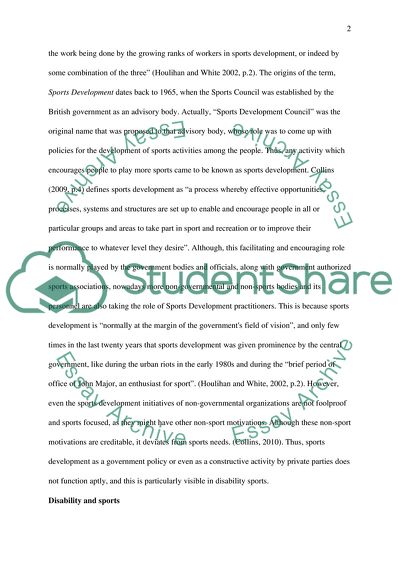Cite this document
(“The Concept of Sports Development in Relation to Disabled Sports Research Paper”, n.d.)
The Concept of Sports Development in Relation to Disabled Sports Research Paper. Retrieved from https://studentshare.org/sports-and-recreation/1766868-disability-and-sports
The Concept of Sports Development in Relation to Disabled Sports Research Paper. Retrieved from https://studentshare.org/sports-and-recreation/1766868-disability-and-sports
(The Concept of Sports Development in Relation to Disabled Sports Research Paper)
The Concept of Sports Development in Relation to Disabled Sports Research Paper. https://studentshare.org/sports-and-recreation/1766868-disability-and-sports.
The Concept of Sports Development in Relation to Disabled Sports Research Paper. https://studentshare.org/sports-and-recreation/1766868-disability-and-sports.
“The Concept of Sports Development in Relation to Disabled Sports Research Paper”, n.d. https://studentshare.org/sports-and-recreation/1766868-disability-and-sports.


